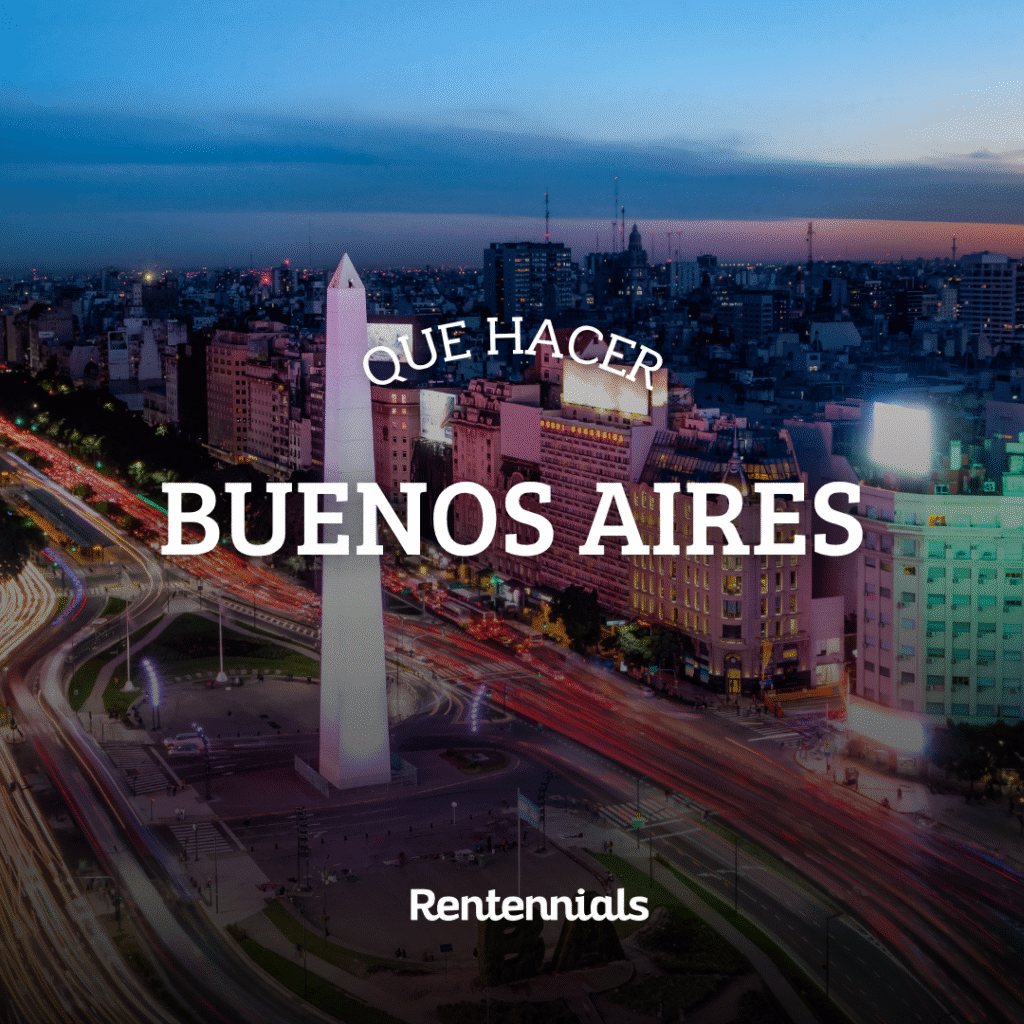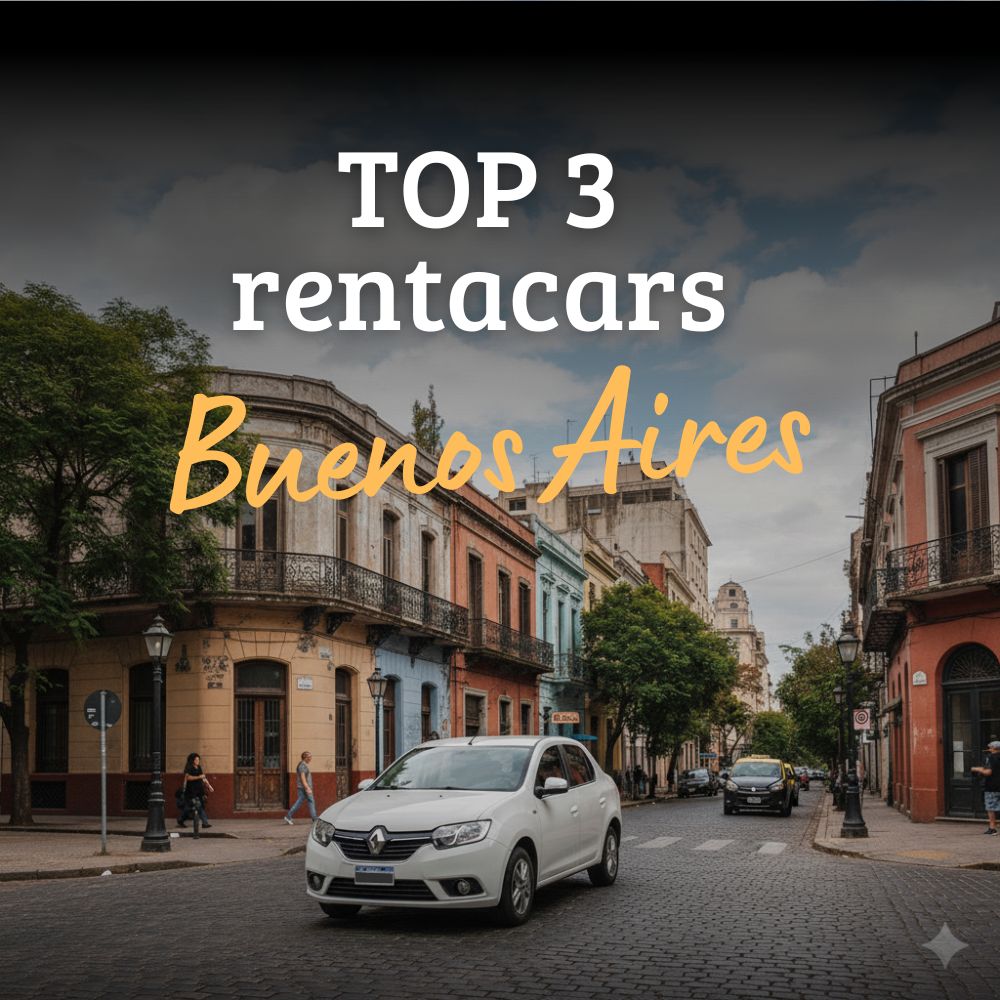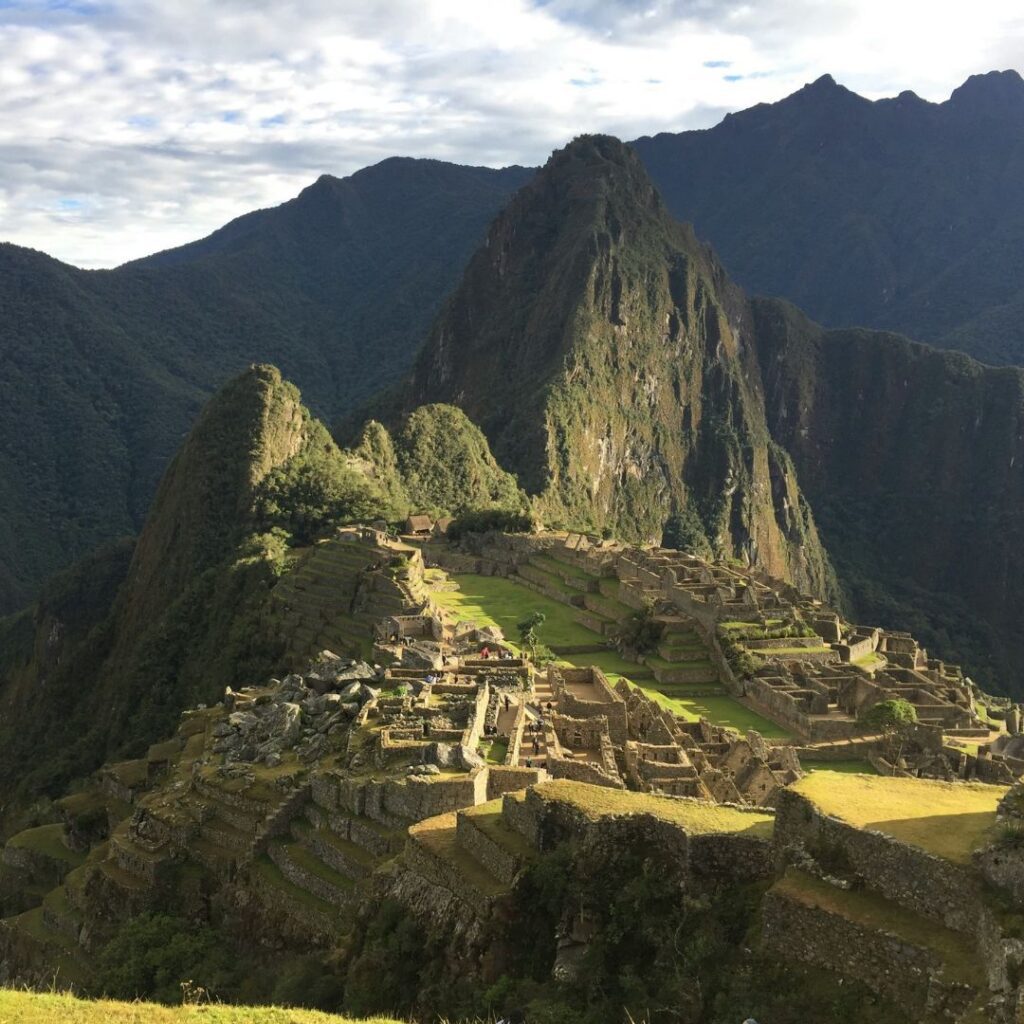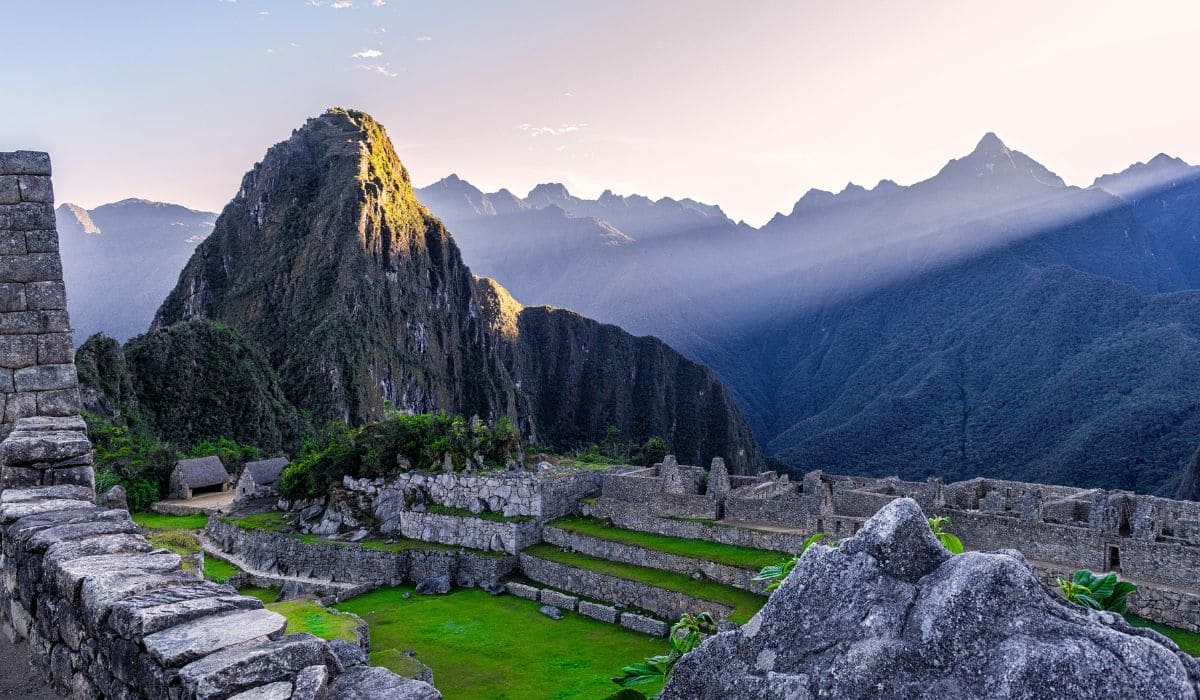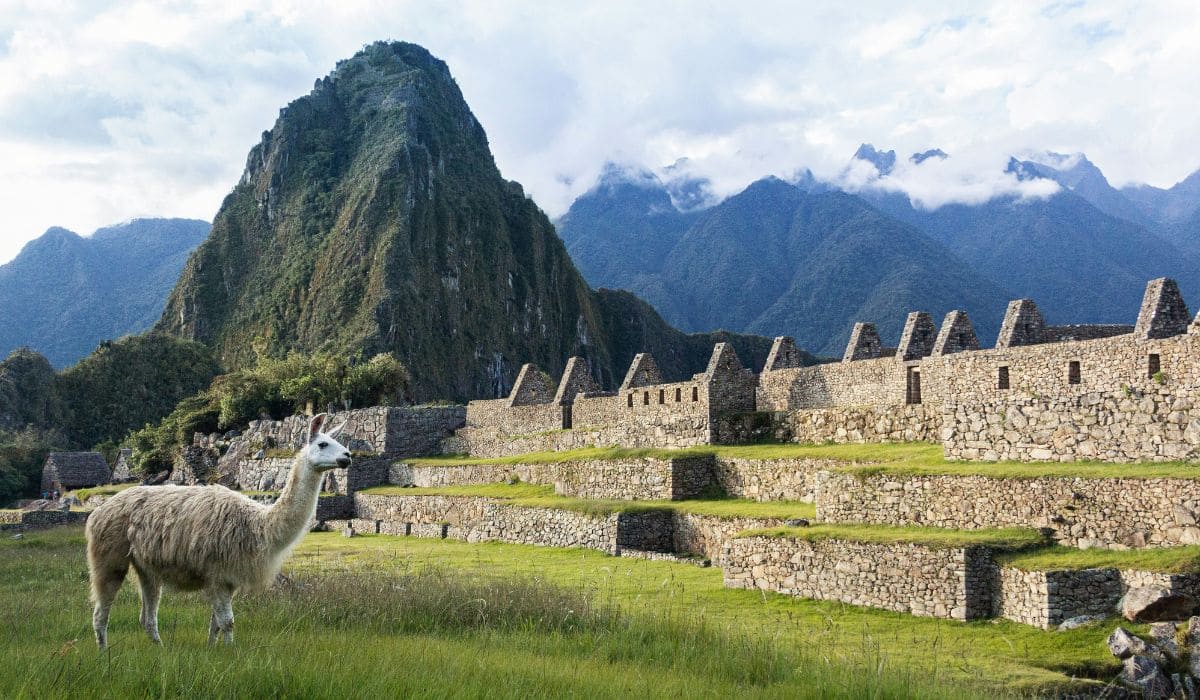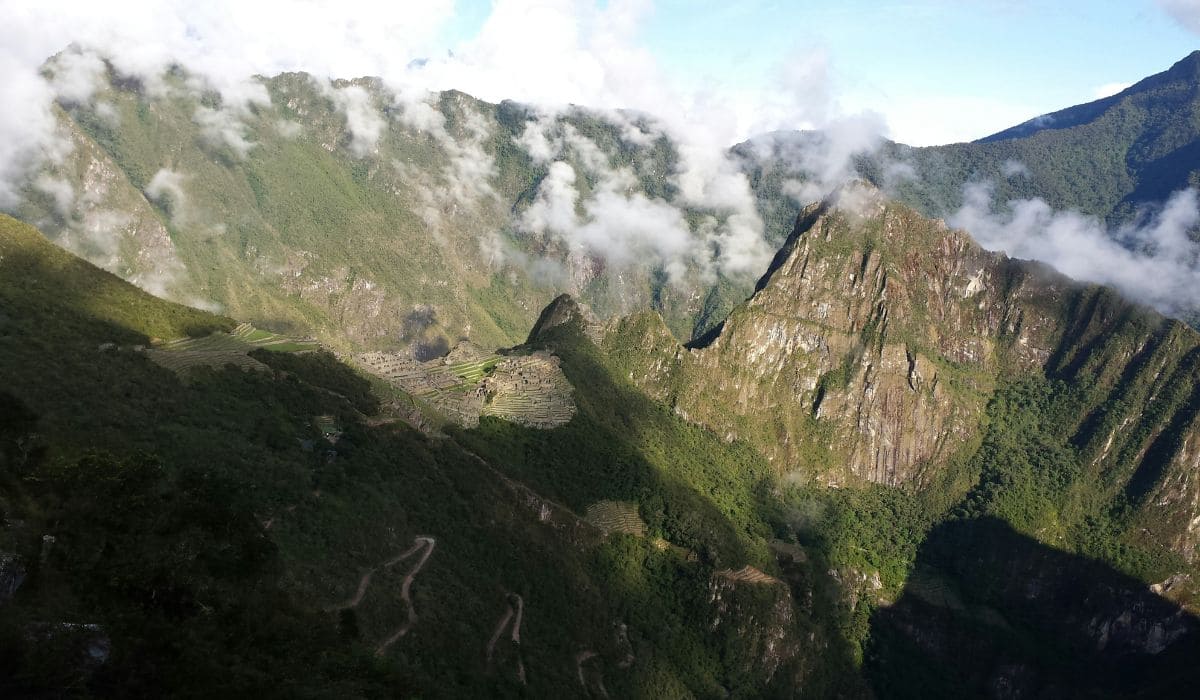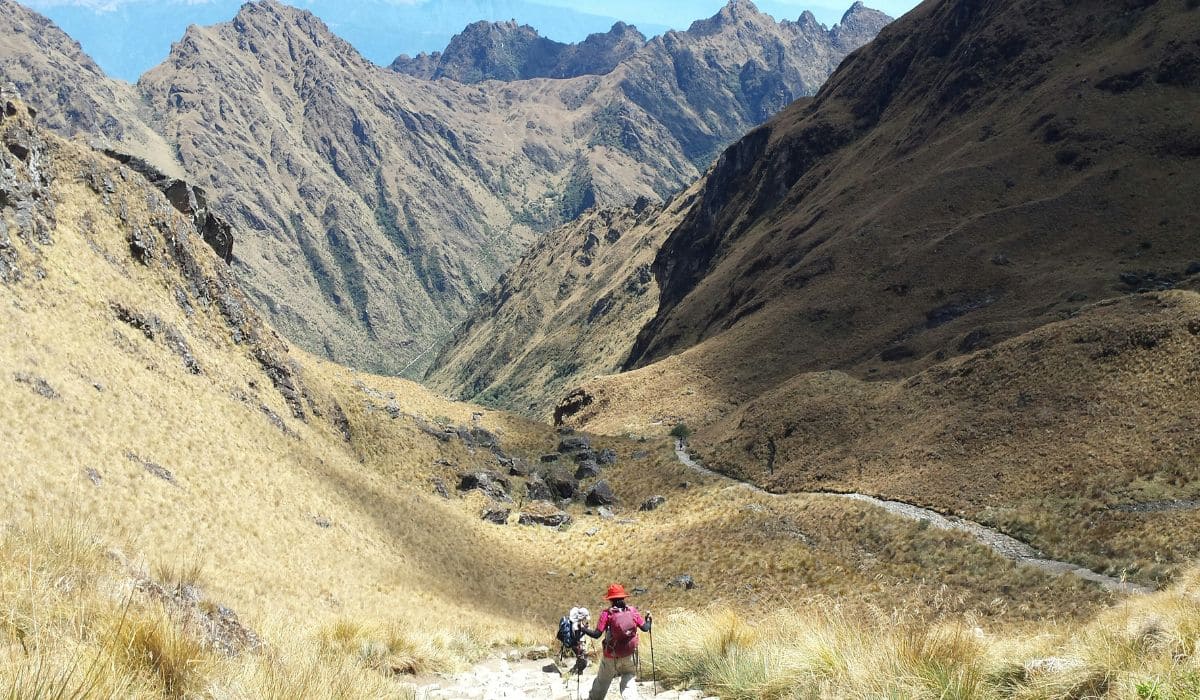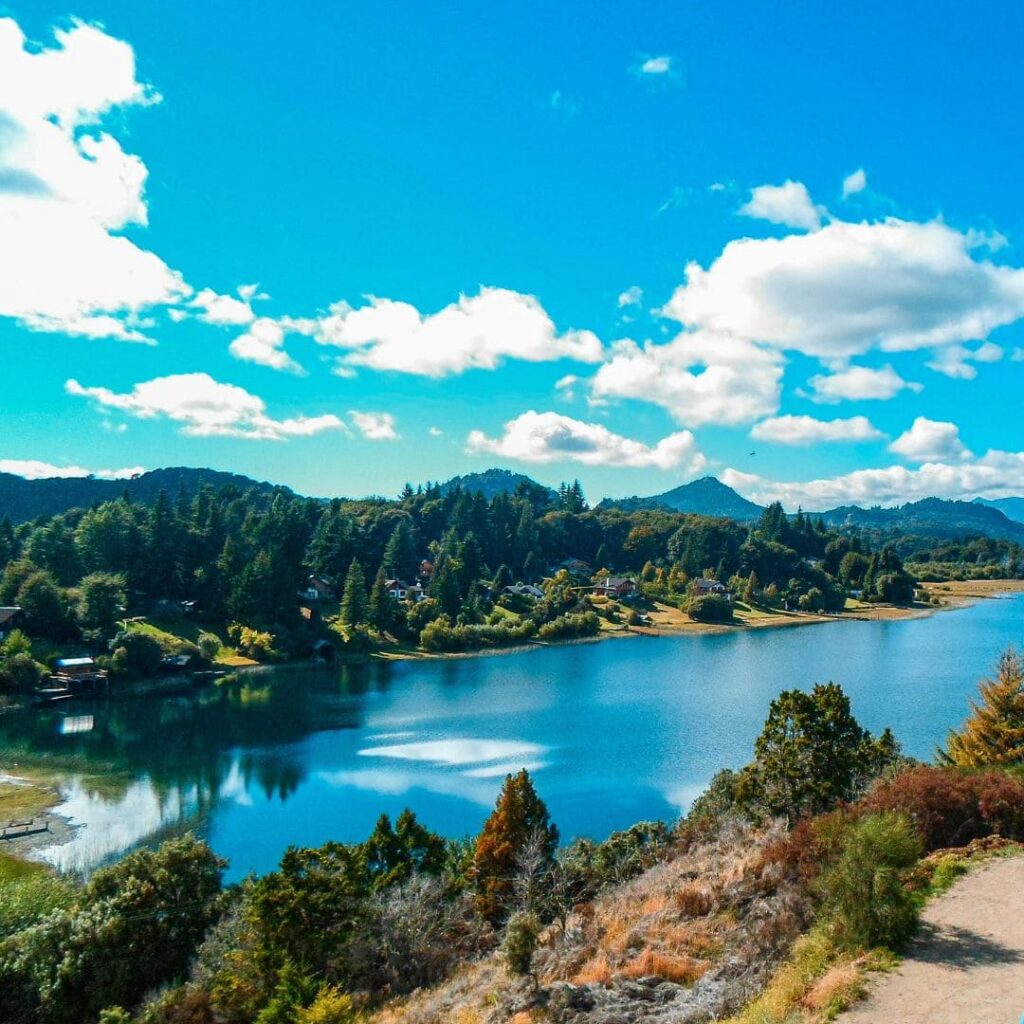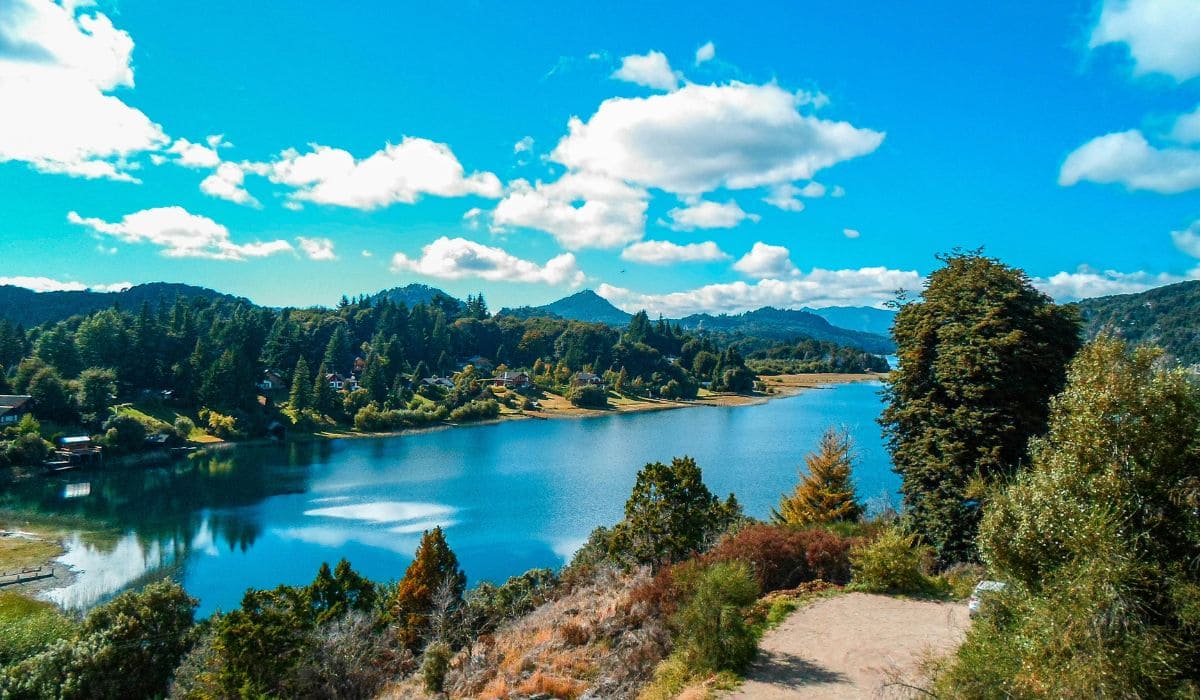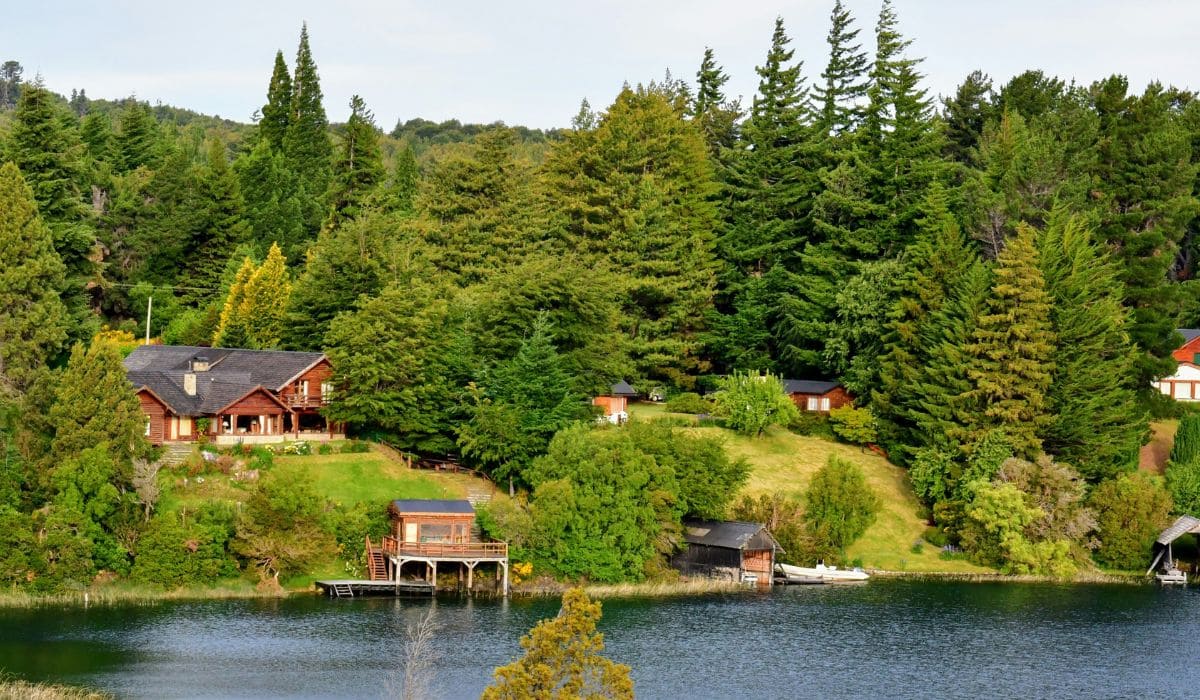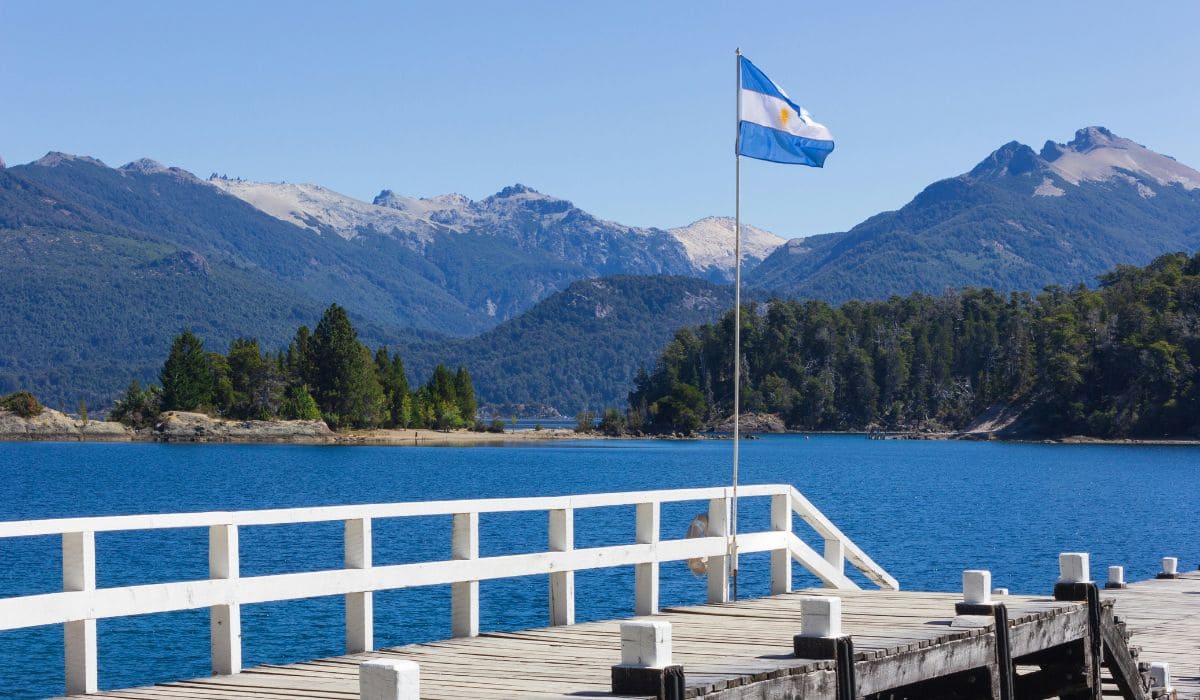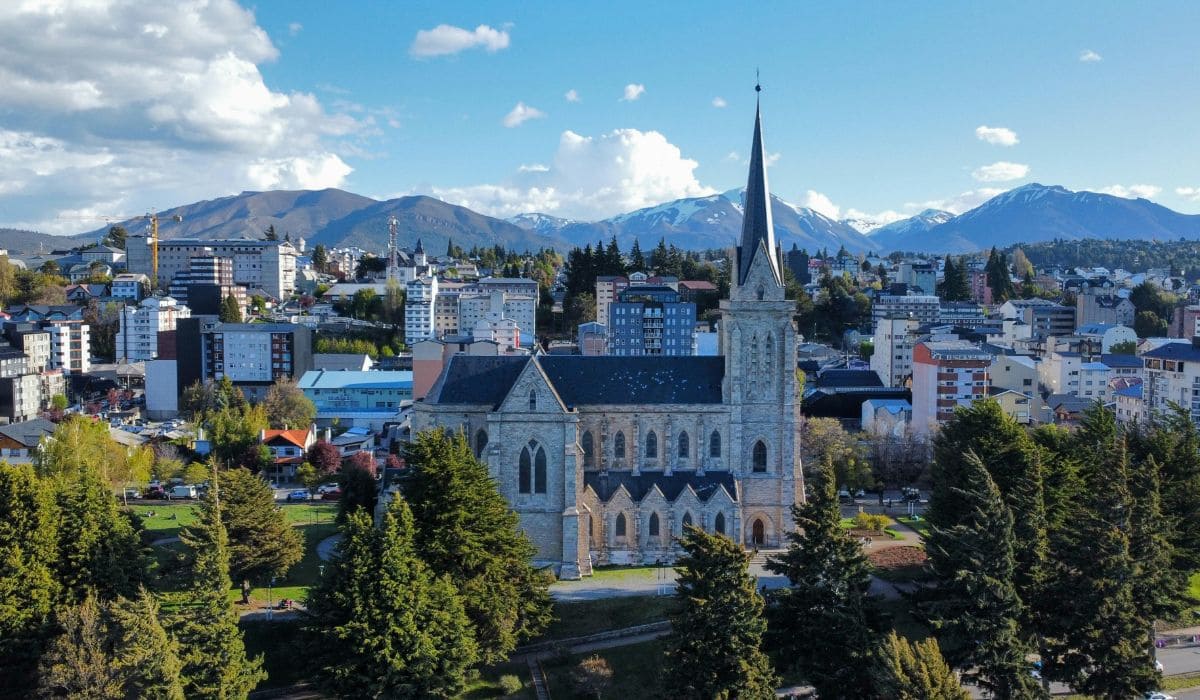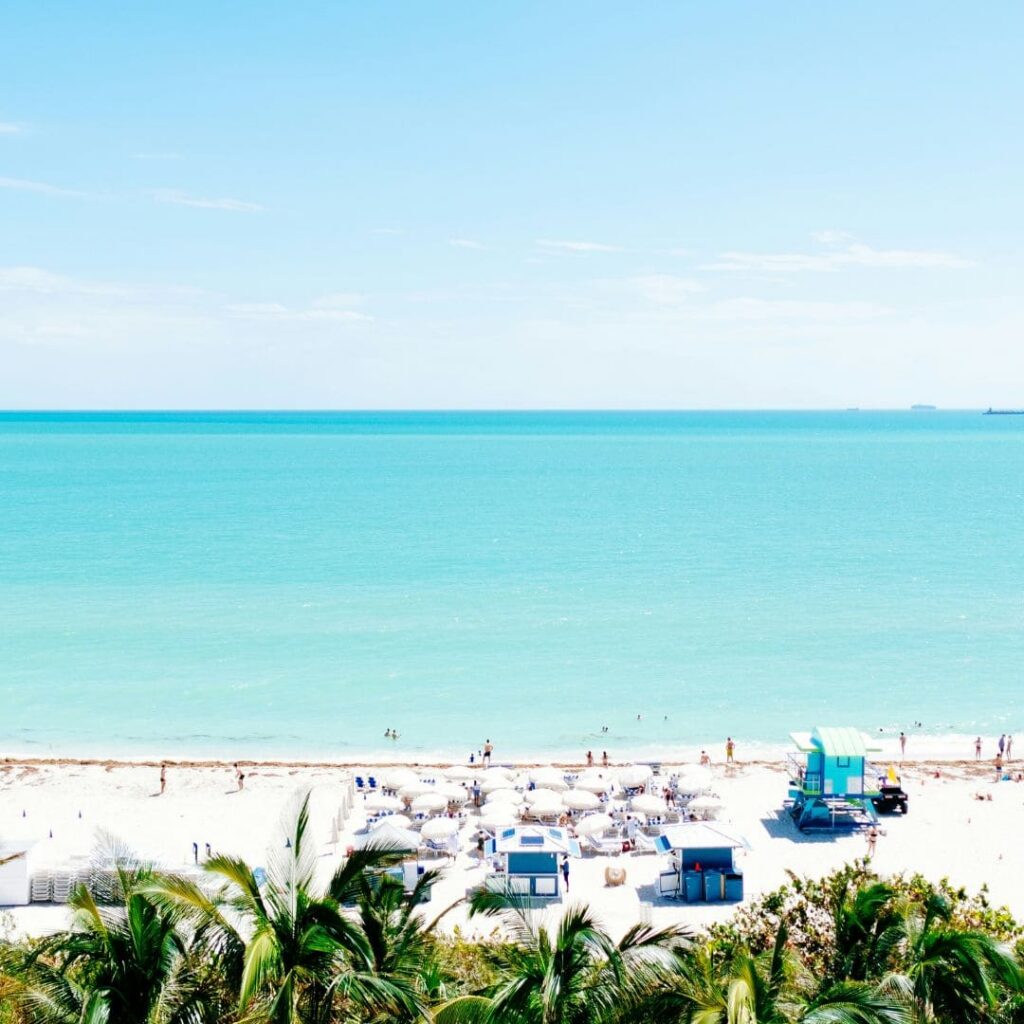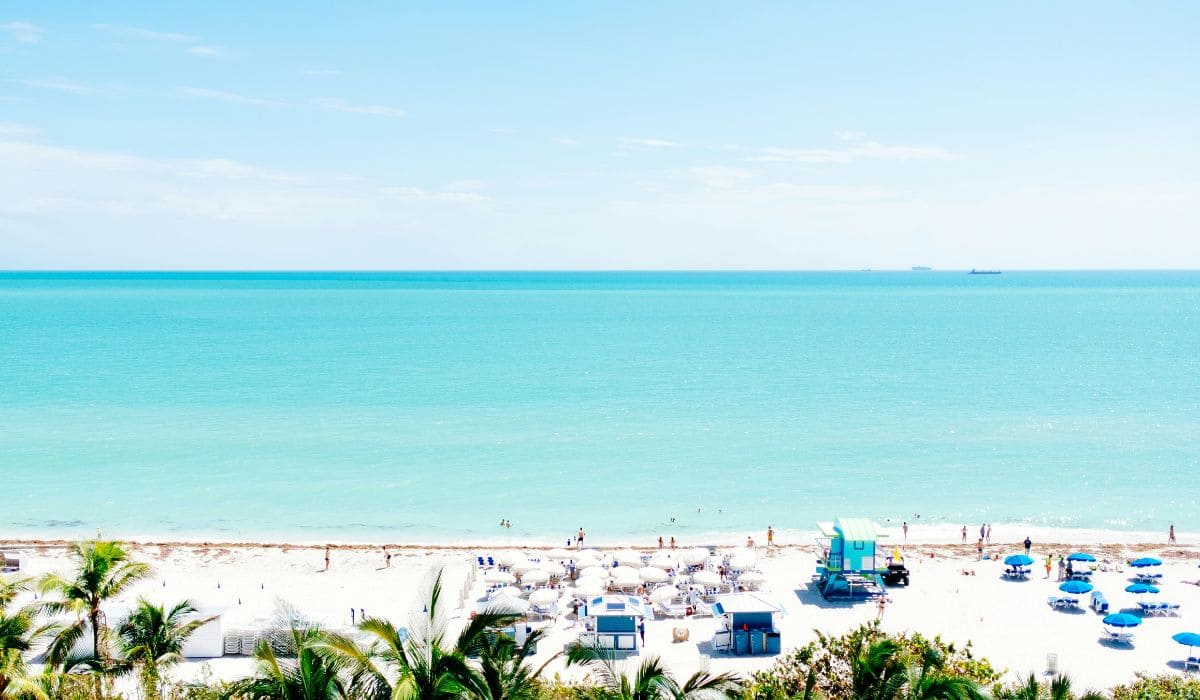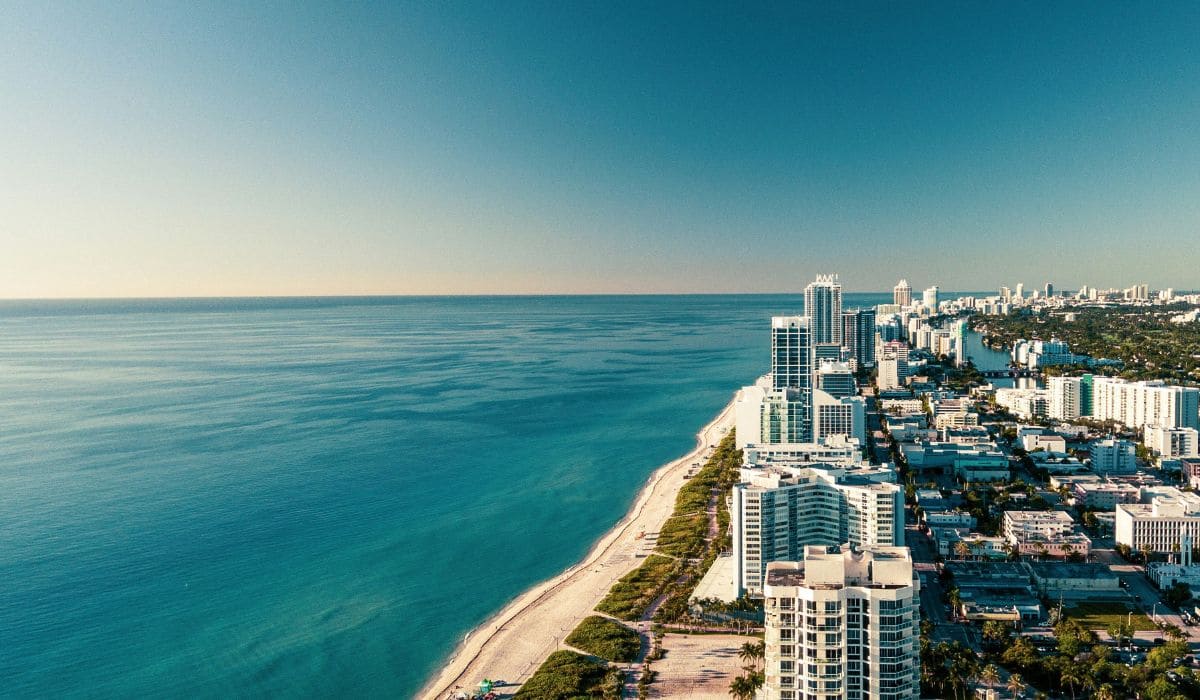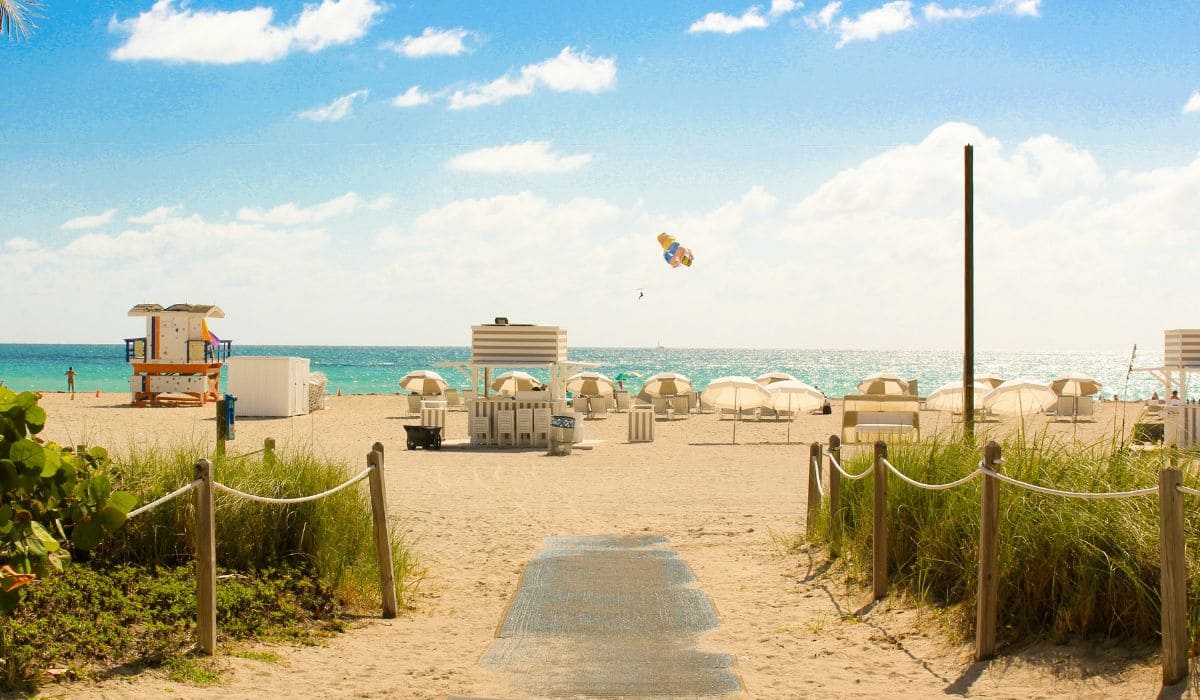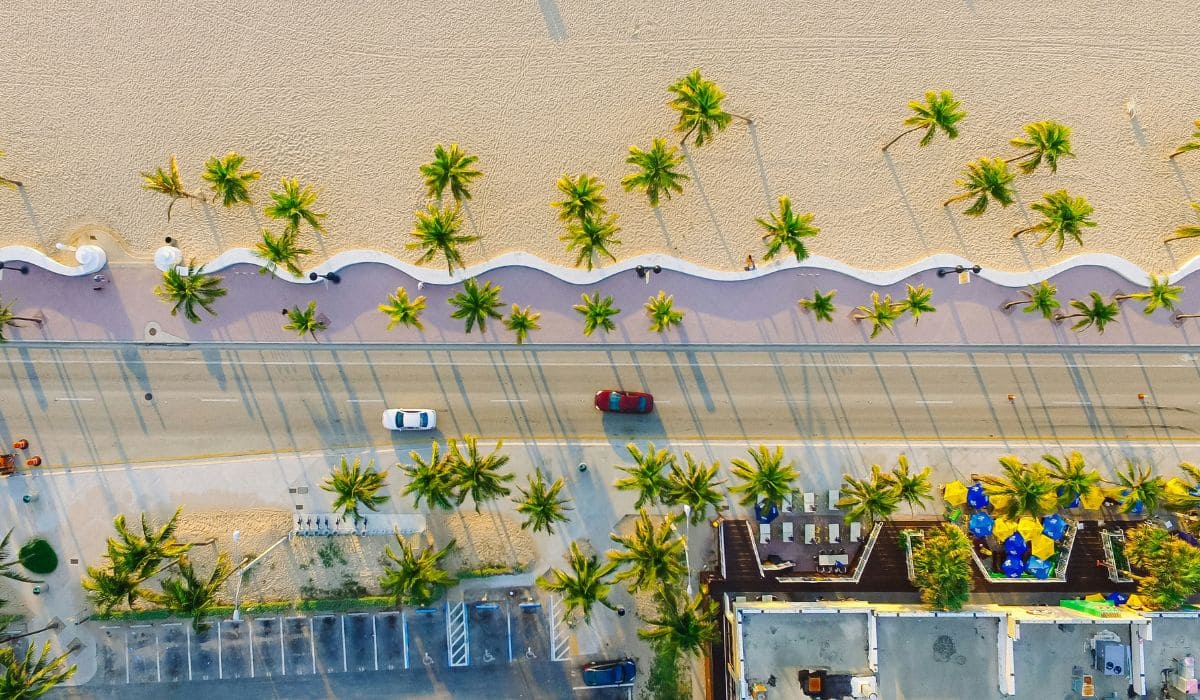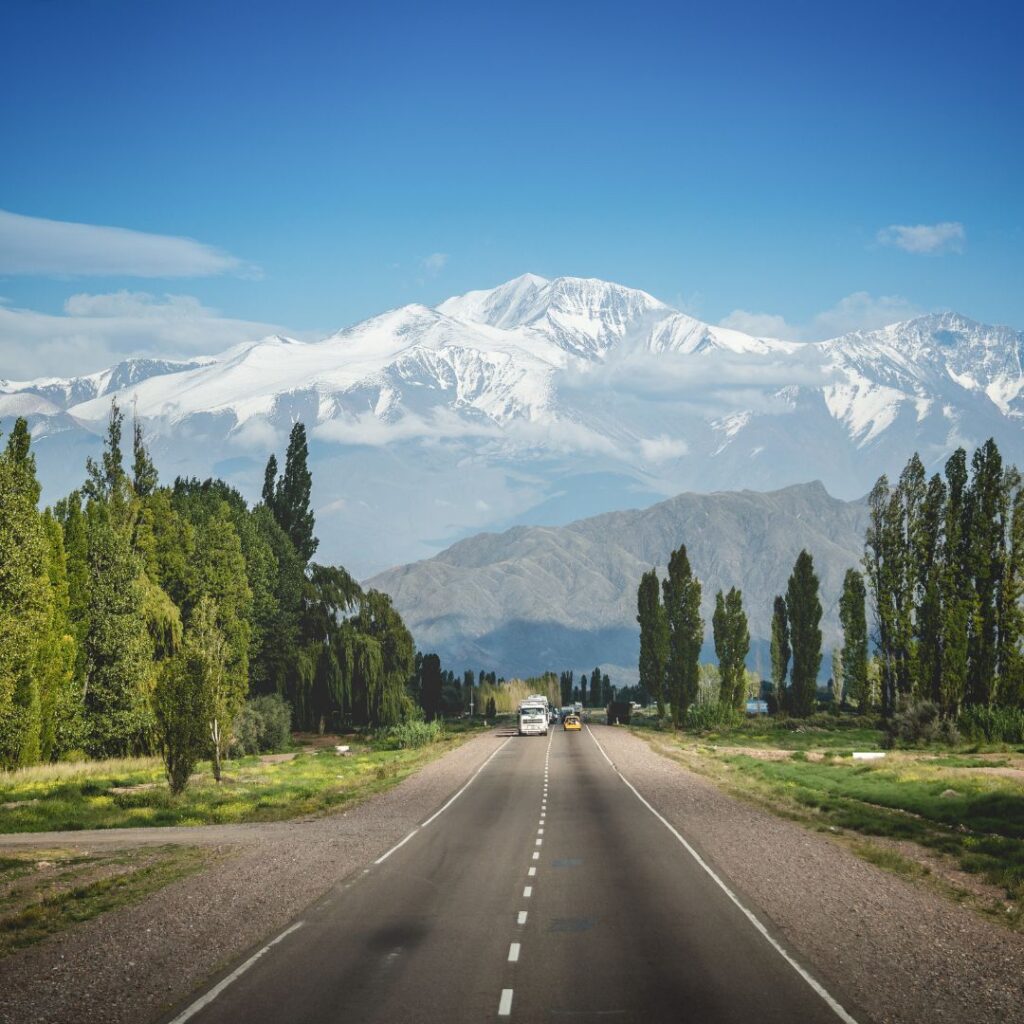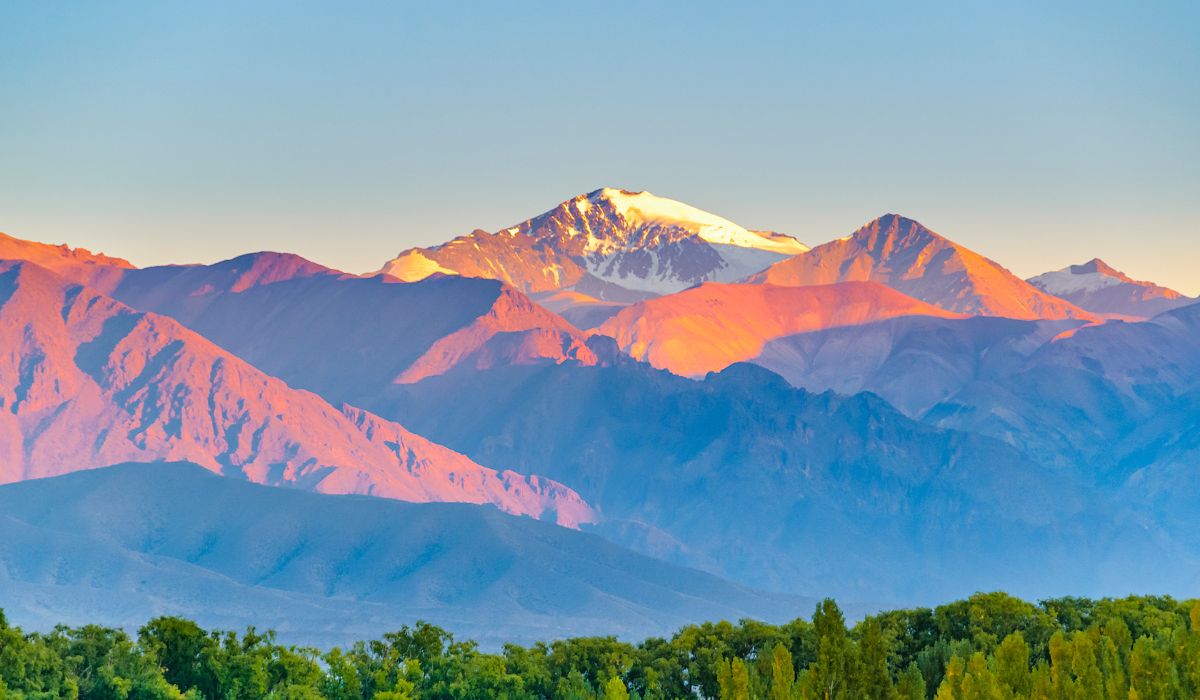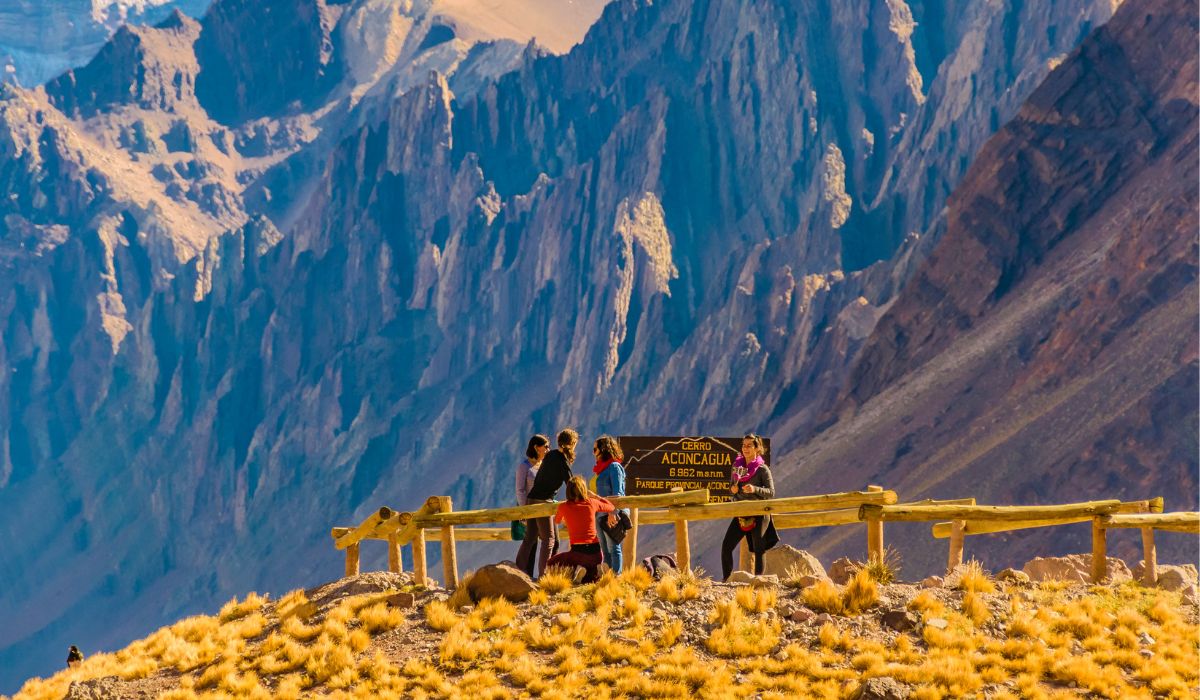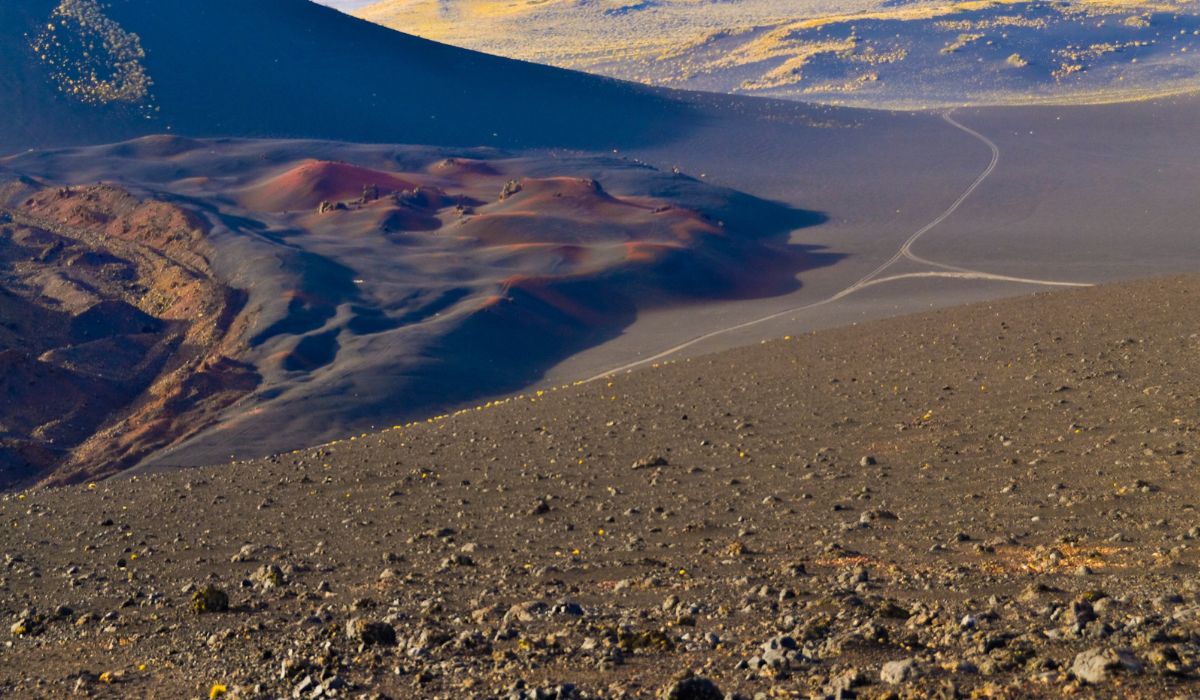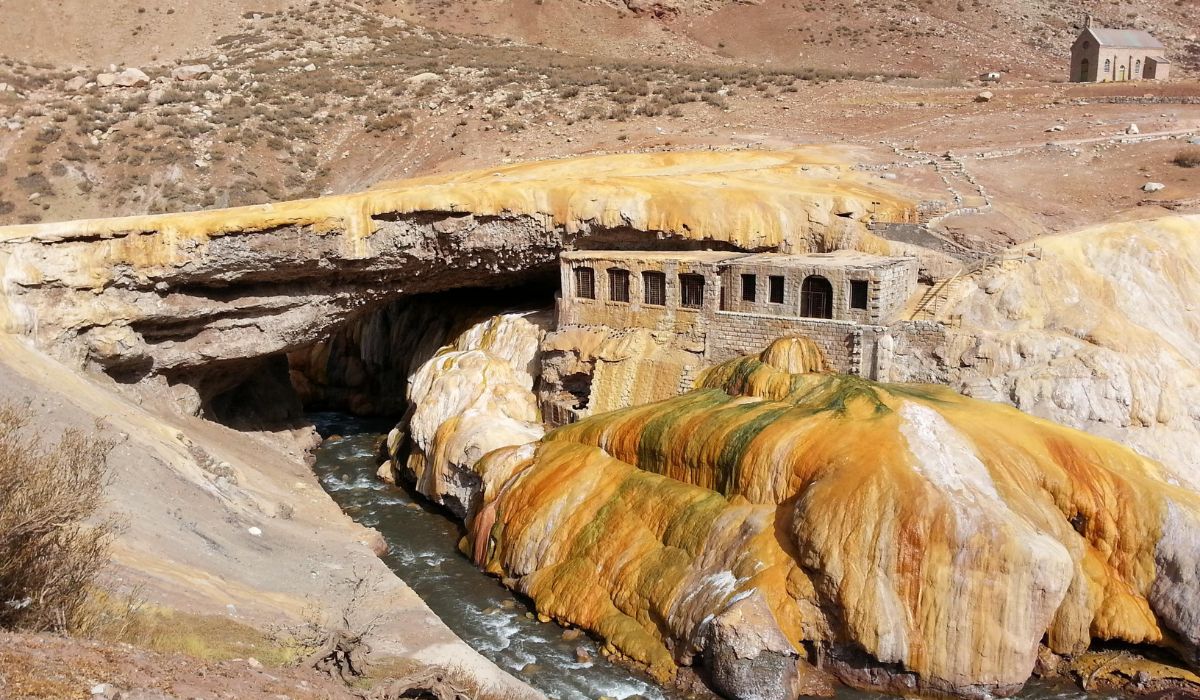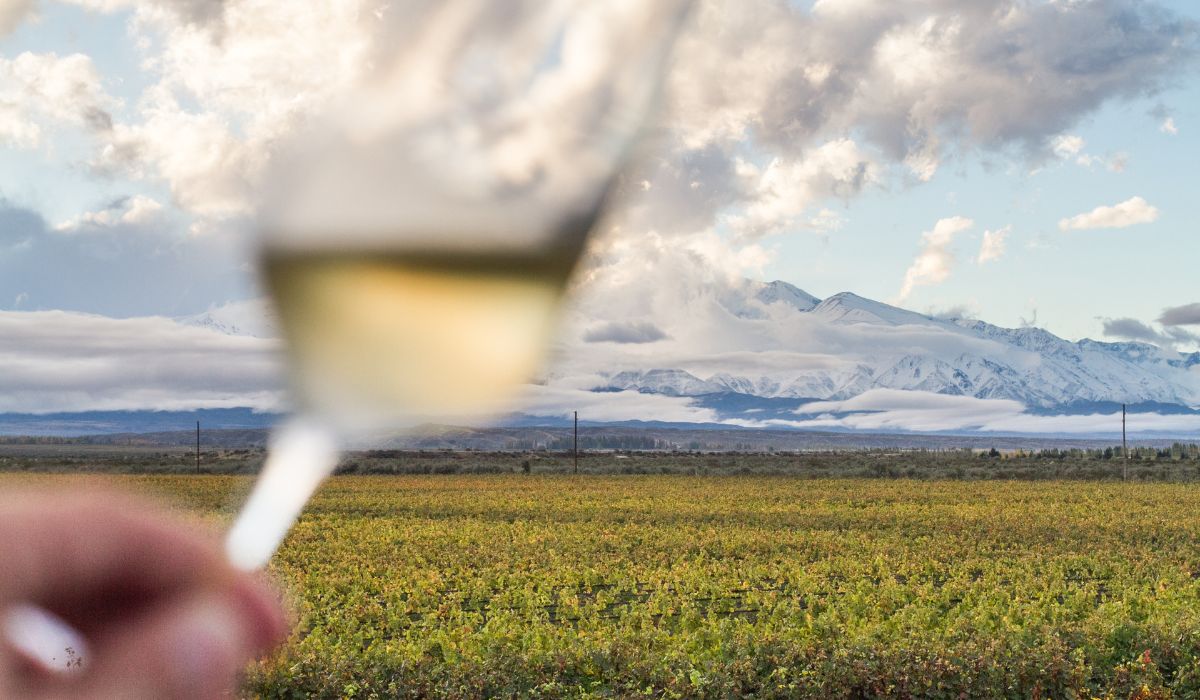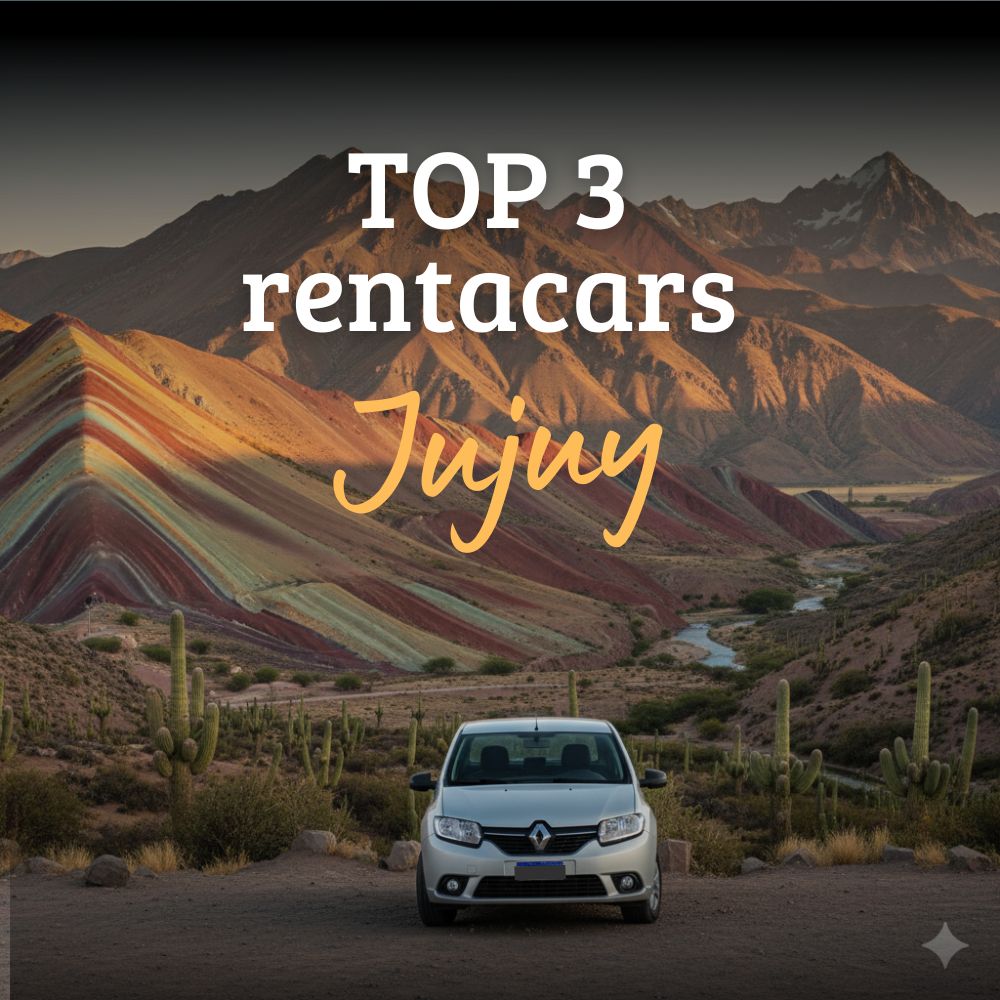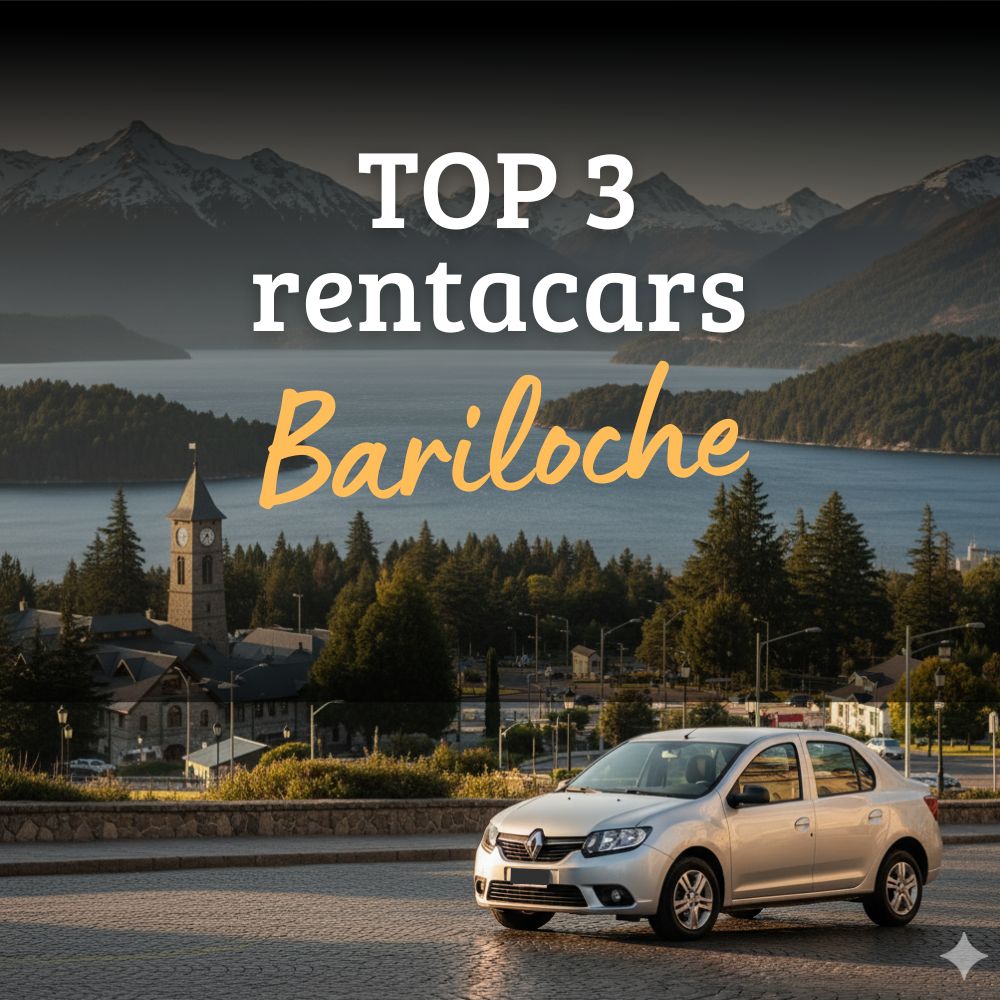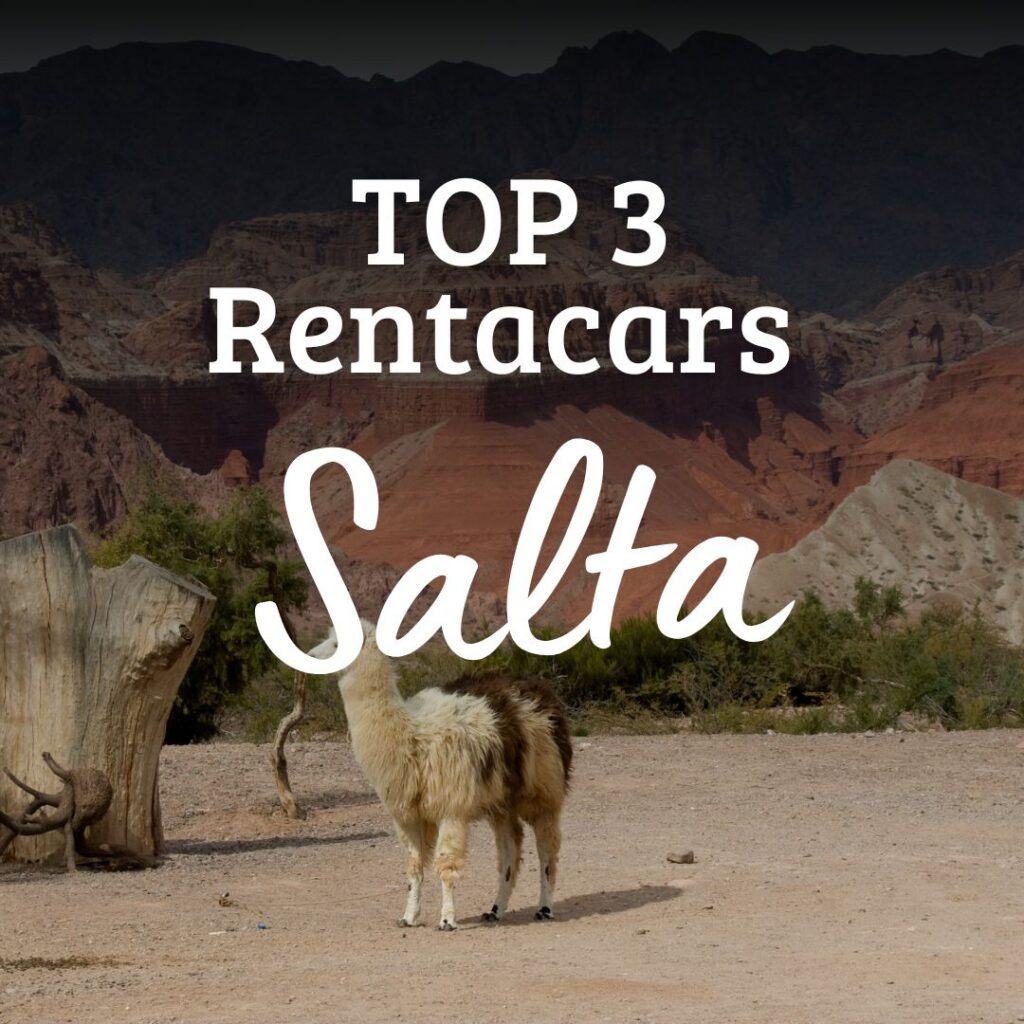Buenos Aires: What to Do – A Complete Guide to Must-See Plans
1. Must-See Attractions in Buenos Aires
1.1 Plaza de Mayo, Casa Rosada, and Metropolitan Cathedral
In the historical heart of the city, Plaza de Mayo brings together Buenos Aires’ most symbolic monuments: the Casa Rosada, the Cathedral, and the Cabildo. A walk through here connects you directly to Argentina’s political and cultural past.
1.2 Teatro Colón
One of the most prestigious theaters in the world, known for its exceptional acoustics and architecture. Guided tours allow visitors to explore the main hall, balconies, and rehearsal rooms.
1.3 Recoleta Cemetery
More than just a cemetery — it’s an open-air museum with impressive mausoleums where iconic figures such as Eva Perón rest.
1.4 Caminito and La Boca
Colorful streets, street art, tango, and soccer passion coexist in this lively neighborhood. You can also visit La Bombonera stadium and its museum.
1.5 Puerto Madero and the Woman’s Bridge
A modern riverside area, perfect for evening walks or dinner with a view of the water.
2. Outdoor Activities and Nature in the City
2.1 The Rose Garden and Tres de Febrero Park
A green oasis in Palermo, ideal for walking, cycling, or simply relaxing by its lakes and rose gardens.
2.2 Japanese Garden
Located near Palermo, it offers peace and oriental beauty in the middle of the city. Perfect for family visits or quiet moments.
2.3 Stroll Through Chinatown (Belgrano)
A different kind of experience: Asian cuisine, culture, and a unique atmosphere worth exploring.
3. Cultural Experiences, Art, and Tango
3.1 Tango Show
No visit to Buenos Aires is complete without watching a tango performance. There are options with dinner, in traditional venues, or more intimate settings.
3.2 Must-Visit Museums
- Latin American Art Museum (MALBA)
- National Museum of Fine Arts
- Contemporary art museums in Palermo and San Telmo
These places showcase both local and international art scenes.
3.3 Palacio Barolo and Its Lighthouse
A unique architectural experience: walk through corridors inspired by “The Divine Comedy” and climb to the lighthouse for a panoramic view of the city.
4. Free or Low-Cost Things to Do in Buenos Aires
- Walk along Avenida Corrientes and enjoy the city’s nightlife vibe.
- Try street food in San Telmo or weekend fairs.
- Explore historic passages and architectural gems in Montserrat or Retiro.
- Join local free fairs — from cultural events to artisan markets.
5. Practical Tips Before Exploring
- Opening Hours: many attractions open in the morning and close in the afternoon, except for those with extended hours (museums, shows).
- Safety: walking during the day is safe in tourist areas, but always keep an eye on your belongings.
- Transportation: use public transport (subway, buses) or ride-sharing apps to cover longer distances.
- Reservations: for tango shows, guided tours, or theater tickets, book in advance — especially during high season.
- Weather & Clothing: Buenos Aires has distinct seasons; spring and fall are ideal for walking comfortably.
6. Suggested 2- or 3-Day Itinerary
| Day | Morning | Afternoon | Evening |
|---|---|---|---|
| Day 1 | Plaza de Mayo + Cathedral + Cabildo | Recoleta + Cemetery | Tango show with dinner |
| Day 2 | Caminito + La Boca | Puerto Madero + riverside walk | Walk along Corrientes Avenue and enjoy a coffee or bookshop |
| Day 3 | Palermo Neighborhood / Japanese Garden | Museums (MALBA, Fine Arts) | Dinner at a restaurant with live music |
This itinerary can be adapted according to your interests and the time available.
We are Rentennials
Rentennials is the new way to rent cars from local hosts in your city, quickly, easily, and affordably. It's also your new path to starting your own car rental business and making money every month.
Discover more.
